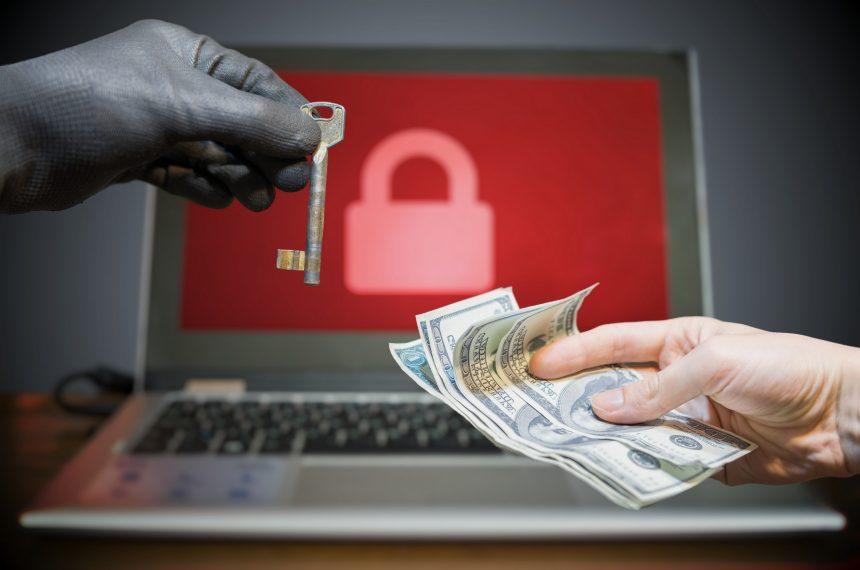OOPU Ransomware is Another Variant from the STOP/Djvu Ransomware Family
OOPU Ransomware is an infection that has joined the prolific STOP/Djvu Ransomware family. Like its predecessors, it locks files and demands a ransom fee to restore a user’s file access.
OOPU Ransomware spreads similarly to many other ransomware variants. It can be distributed via software bundles, spam email attachments, malware-laced websites, and peer-to-peer websites with illegal content. If you periodically install applications from misleading and/or potentially unreliable third-party sites, you may unknowingly install ransomware like OOPU Ransomware on your computer.
OOPU Ransomware encrypts multiple file types, including photos, music, documents, and videos. OOPU Ransomware received its name from the telltale .OOPU extension that it appends to encrypted files. After file encryption, it also leaves a ransom note named README.txt on the user’s desktop and in every folder containing affected files.
The ransom note promises a decryption key for $980, but the ransomware’s operators will offer a 50% discount and only charge $490, if the victim contacts them within the first 72 hours after infection.
Although the hackers provide contact information and can be contacted at support@bestyourmail.ch and datarestorehelp@airmail.cc, we strongly discourage establishing contact with them, as there is really no guarantee they will provide decryption tools after payment or even communicate with you.
Unfortunately, no free decryption tool for OOPU Ransomware victims is available at the moment. The best way to get the encrypted files back is to restore them from a backup. If you do not have a file backup, you can search the Web for a dependable data recovery service, but there is no guarantee that alternative data recovery tools would restore all of the encrypted files.
How Do I Deal with an OOPU Ransomware Attack?
To protect yourself from an OOPU Ransomware attack, you should have a reputable malware remediation tool installed on your computer. That way, you can constantly scan for and remove objects associated with this troublesome ransomware infection, as well as other malware. To mitigate the potential damage to your files, do not forget to back them up on an external hard drive or virtual cloud storage.





